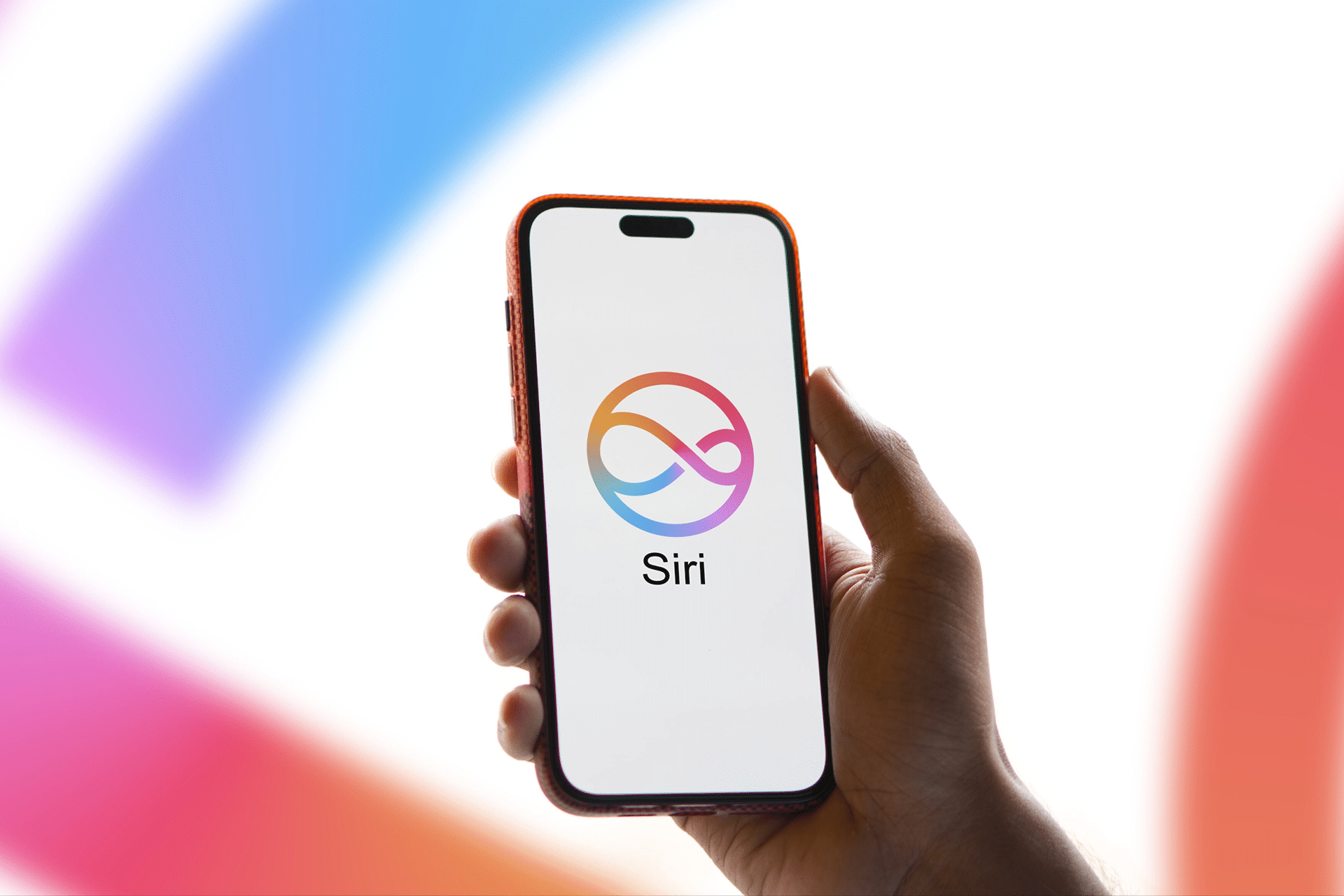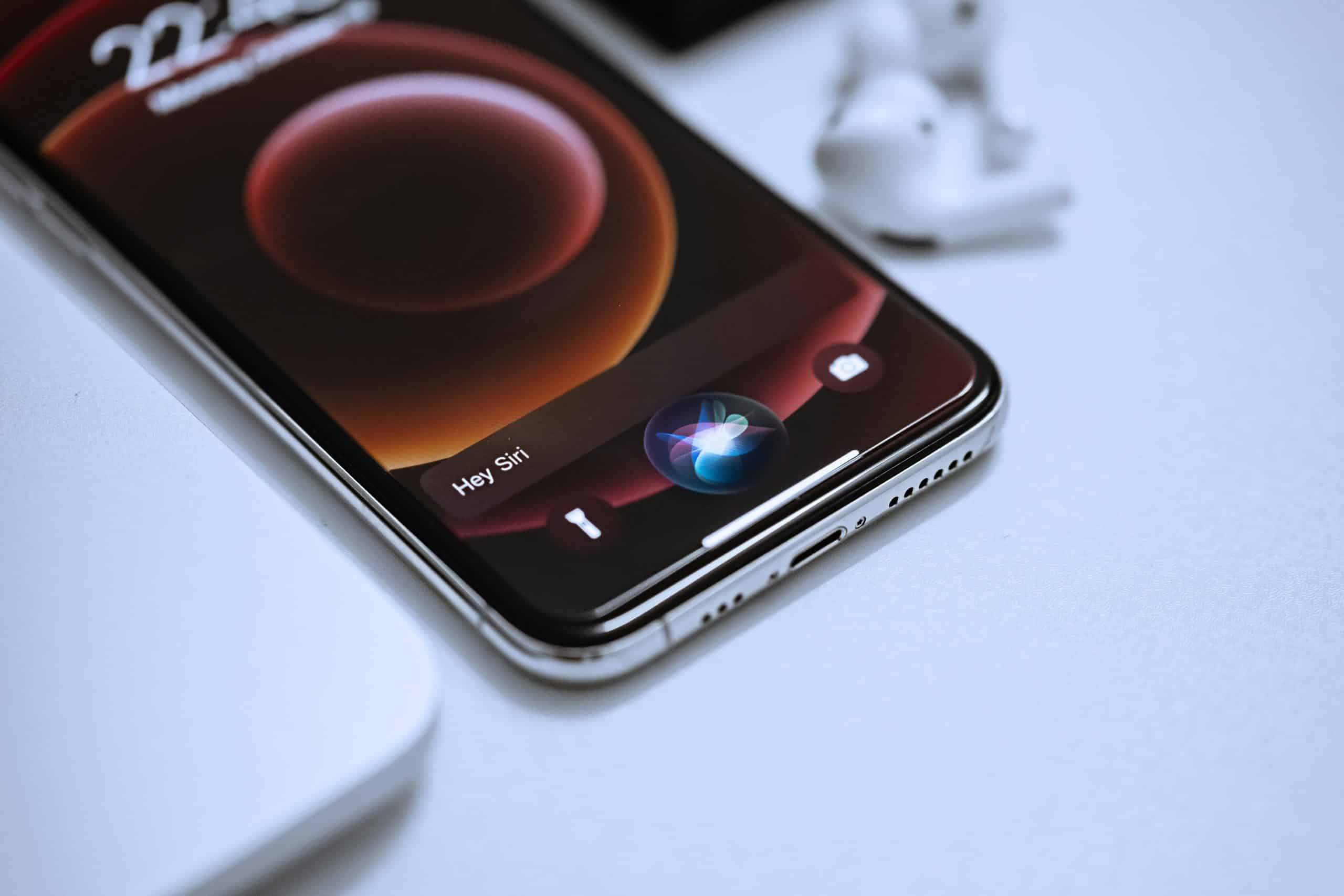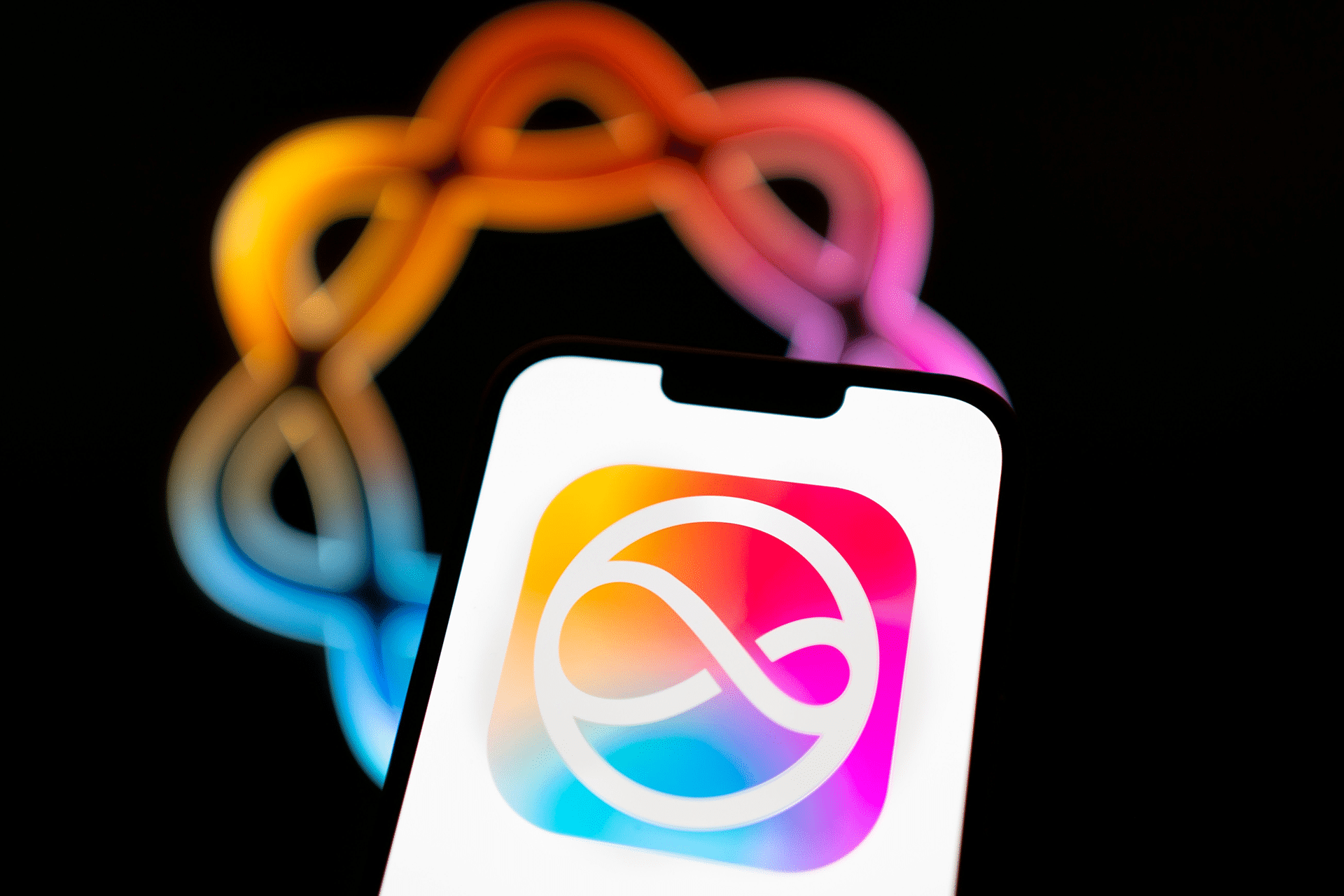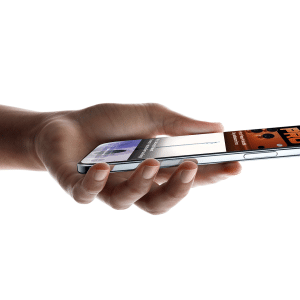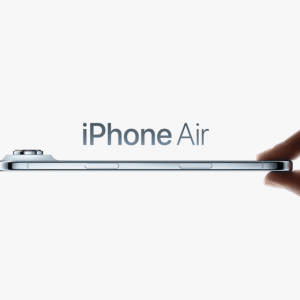Initially, Apple explored building two language models for Siri: a smaller one, nicknamed “Mini Mouse,” to run locally on iPhones, and a larger “Mighty Mouse” for cloud-based tasks. This dual approach aimed to balance performance with Apple’s commitment to on-device privacy. However, Siri’s leadership pivoted to a single, cloud-based large language model to handle all requests, only to face further technical reversals. These abrupt changes in direction created confusion, with engineers caught in a cycle of scrapped plans and unclear goals. Some staff, disillusioned by the lack of progress, left the company.
The turmoil wasn’t just technical. Apple’s deeply rooted emphasis on privacy clashed with the need for rapid AI innovation, slowing decisions. Personality conflicts among senior leaders further muddied the waters, with competing visions for Siri’s future. Former employees described an AI division nicknamed “AIMLess” internally, reflecting a culture some saw as too relaxed, lacking the urgency needed to compete in the fast-moving AI landscape. Siri itself was called a “hot potato,” passed between teams without meaningful upgrades.
Why It Matters for Users
For iPhone users, Siri’s struggles translate to delayed features that were meant to make the assistant smarter and more intuitive. Apple previewed capabilities like personal context awareness—letting Siri pull details from emails or messages, such as a flight number—and deeper app integration at its 2024 WWDC keynote. These upgrades, initially slated for iOS 18.4, are now pushed to the iOS 19 cycle, possibly not arriving until 2026. This lag leaves Siri trailing competitors like Google’s Gemini or OpenAI’s ChatGPT, which have set a high bar for conversational AI.
The delays also sparked legal trouble. Apple faces class-action lawsuits in the U.S. and Canada, accusing the company of false advertising for promoting Siri features that weren’t ready. Ads showcasing a futuristic Siri drove excitement for iPhone 16 upgrades, but the reality fell short, prompting consumer backlash.
A Missed Opportunity in AI
Apple’s slow response to the AI boom exacerbated Siri’s challenges. When ChatGPT debuted in 2022, some leaders downplayed its significance, believing it offered little value for users. By 2023, Apple restricted engineers from using external models in final products, insisting on in-house solutions despite their weaker performance compared to OpenAI’s tech. This insular approach, coupled with a lack of risk-taking, left stuck in neutral while rivals raced ahead.
The chaos peaked at WWDC 2024, where Apple showcased a polished Siri demo that wasn’t fully functional—a departure from its usual practice of only revealing near-finished features. The artificial display raised expectations, only for delays to undermine trust.
Can Apple Turn It Around?
Hope isn’t lost. Apple has shuffled its leadership, bringing in executives like Craig Federighi and Mike Rockwell, who are pushing for bolder AI moves, even exploring open-source models—a shift from Apple’s traditionally closed ecosystem. Federighi has reportedly urged teams to prioritize excellence, whatever it takes.
For users, a revamped Siri could mean a more seamless iPhone experience—finding a photo from a specific event or automating multi-step tasks with one command. But with features still in limbo, Apple must rebuild momentum to deliver. The company’s ability to execute will determine whether Siri can reclaim its place as a leading voice assistant or remain a cautionary tale of missed potential.
